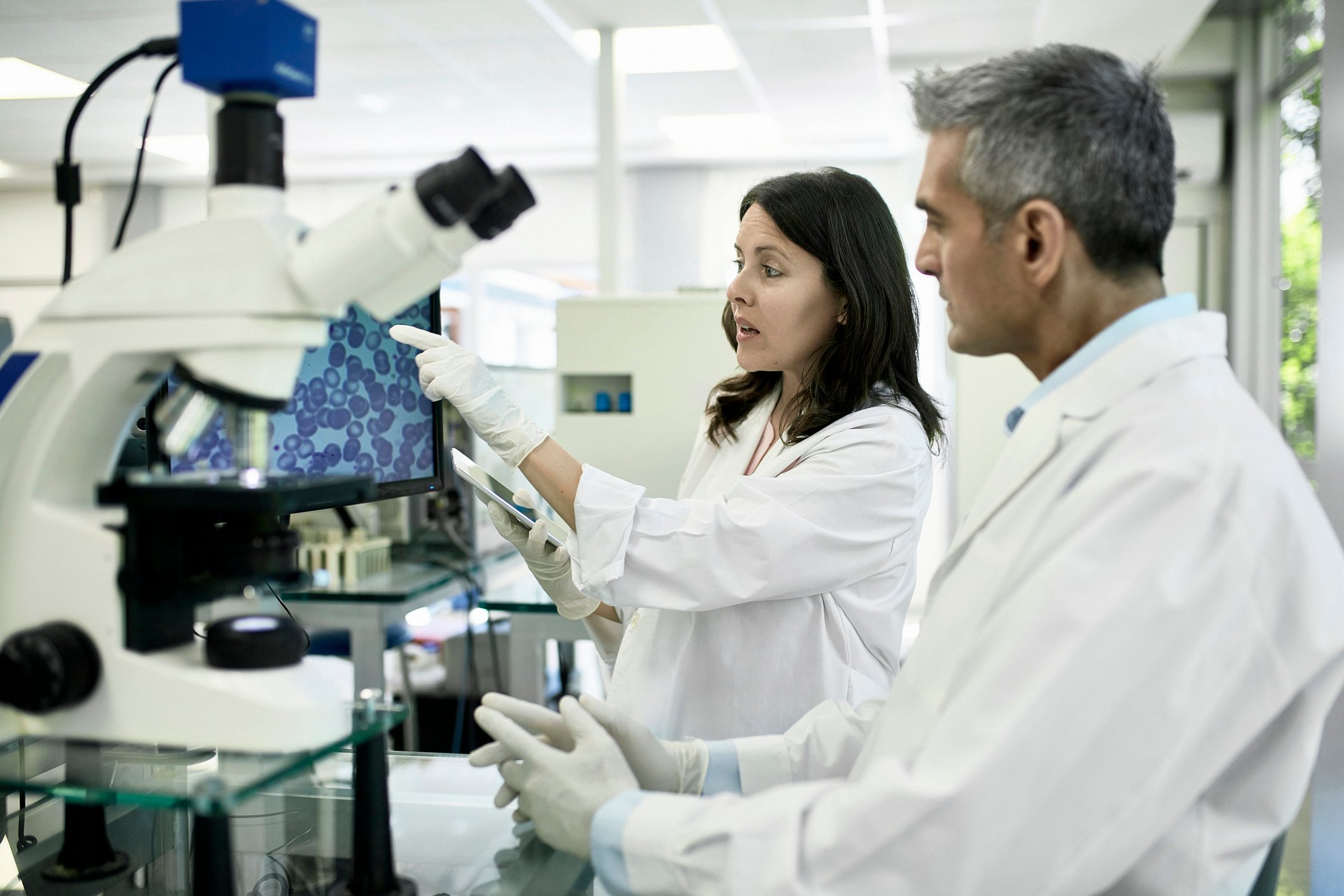

There’s Always a Bigger Fish, Even in Pathology
Keith Kaplan, MD, Chief Medical Officer
This line, of course, was made popular in a scene from The Phantom Menace: Episode 1. A deadly fish is chasing Qui-Gon and others underwater, and that fish gets taken down by a bigger fish. As fishermen, we often use this line after catching a good sized fish, but not a huge fish. You get your bait, jig, crankbait or other contraption you have come up with back in the water to catch a bigger fish.
Over the past three decades, this has been a constant theme in healthcare and laboratory medicine. Mergers and acquisitions are commonplace, and while the big fish have swallowed up the little fish decades ago, there is always a bigger fish.
We have seen multi-state, multi-hospital systems merge with other multi-state, multi-hospital systems.
In my own practice, we went from a 5-hospital system to a 19-hospital system to now being part of an organization with over 130 hospitals spreading in all directions beyond Chicago.
What does this have to do with digital pathology? Everything.
"The Killer App" that we have been seeking for more than the past 2+ decades is here. With an increasing number of laboratory consolidations and single “central” or “core” laboratories performing the work of many hospitals in a single location, a star is born, digital pathology. While it may not have made fiscal sense to purchase scanners, software, storage and personnel for in-house histology across the hall from the pathologists’ offices, it makes digital a necessity now.
While we are taught that “medicine is best practiced locally” in medical school, increasingly, routine and specialized services within a healthcare system or network may be some distance from the point of care and where the patient is seen and treated. A wide variety of agreements where technical services are purchased or co-operative agreements are made to share costs/expenses of imaging, radiation and surgical robotic equipment have been in place. Pathology is seeing the same business models. Blocks are sent 40 or 50 miles to a central facility, and images can be returned. Image analysis, artificial intelligence and reflex testing can be done in larger scale quantities with blocks, slides and thus images from dozens of hospitals rather than a few. Redundancies in equipment, reagents and personnel are eliminated and dozens of hospitals working with a bank of scanners in a centralized facility creates an app that makes sound fiscal and clinical sense.
As a medical student in Chicago in the early 90s, I can remember the boards of hospitals and medical schools such as Northwestern Memorial Hospital, University of Chicago and Rush Medical College proudly proclaim they would never put clinics or hospitals in the suburbs. People would come downtown, and the best and brightest would remain downtown. The “community” hospital 5 minutes from my home where I can have open heart surgery or brain surgery with Northwestern or U of Chicago physicians is one example where this is no longer true.
The advent of a nearly ubiquitous EMR vendor across these hospitals has sped up this transformation. In pathology, a number of LIS systems remain, and a number of manufacturers produce high volume, high throughput devices that can reliably and reproducibly scan slides over time. As pathologists don’t move with the block and slides, central/core laboratories and the referring/host hospitals often times have disparate LIS systems.
Pathologists live in their LIS. Increasingly they will live in another monitor with whole slide images.
Interoperability is key. It is critical. Maintaining the site of biopsy/excision, tissue type, part number, slide number and stain and accounting for all this across organizations is critical. And it is not as seamless as your patient portal on your smartphone as you move among hospitals and providers.
In order for these transformations to be successful, a pathologist should be able to seamlessly move between hospitals, receiving slides from a single laboratory with cutting protocols and stains they are accustomed to AND be able to access both the LIS and images without fail. AND be cross credentialed at all those facilities across multiple towns, cities and states. AND the parking passes should work at all those places. We will get there.
But interoperability between your hospital LIS, central lab LIS, central lab scanners, labelers and billing systems are tantamount to our success.
We have always believed and worked towards getting the right slide on the right patient to the right pathologist on time.
This worked for consultation services. The paradigm changes with primary diagnosis in digital pathology or as we now refer to it, diagnosis in pathology.
Central and core laboratories with remote review of your slides and images from your cups and buckets serving multiple hospital systems across several states is here to stay.
The bigger fish is here. But remember,
There’s always a bigger fish.
